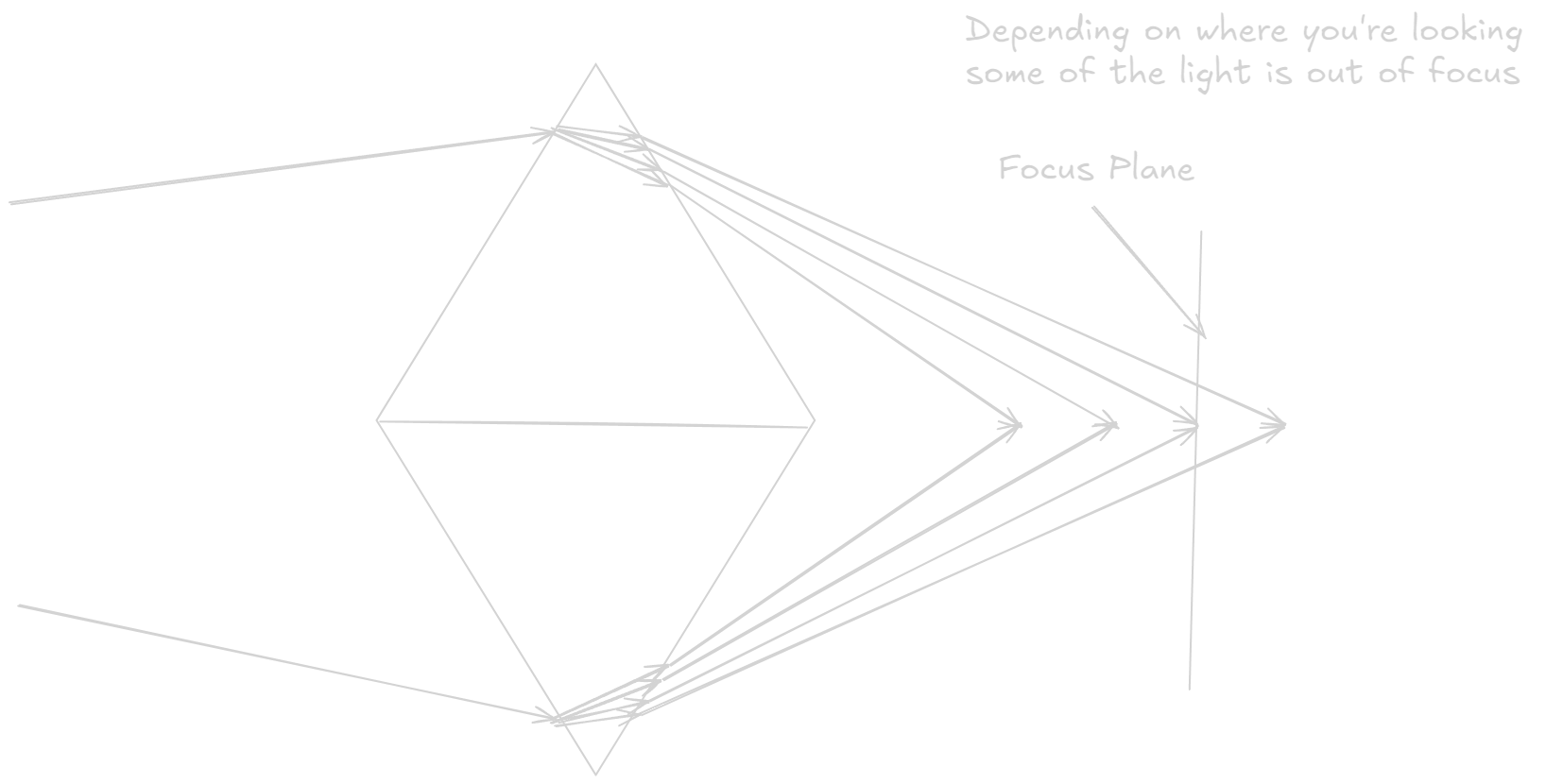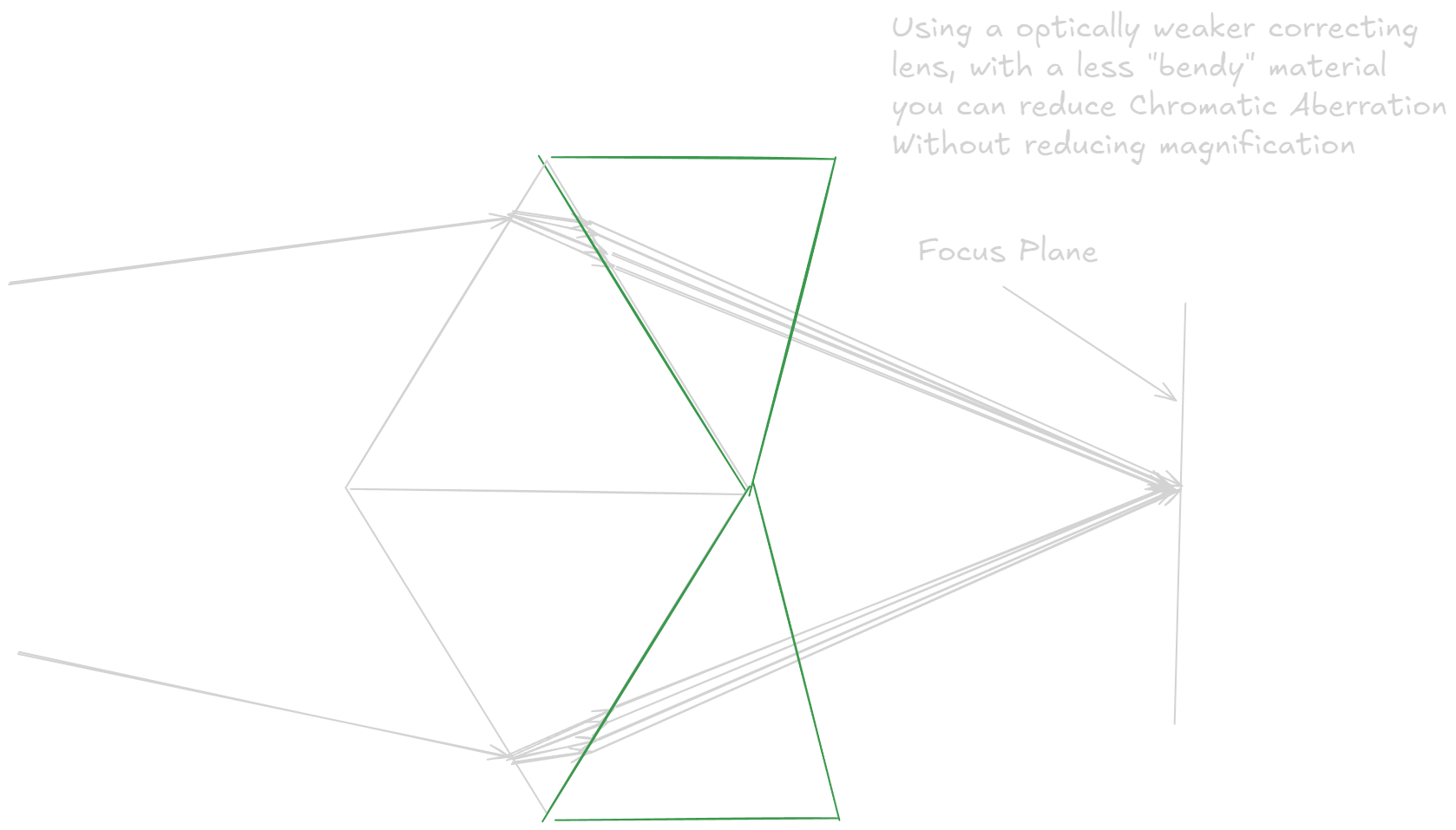Creative Solutions to Impossible Engineering Problems
This whole lecture series is by Dan Gelbart who is a Fantastic Educator and generally a very smart dude. He has several extremely high value videos on YouTube that teach more in a few hours than most people get out of their entire college career.
Pursue the Impossible
Pursing Ideas that are thought to be impossible is often how new industries are born
Being Clever is learning how to investigate, and gain insights from "flukes"
Examples
- Blackberry said it was impossible to make a reasonably sized phone with a big enough battery to browse the internet. Apple decided to shrink everything that wasn't a battery, and ship a phone that was mostly battery.
- Bullet Proof Glass that you can shoot out from but can't shoot into on it's face sounds impossible. If you make a lamination that is Acrylic and Polycarbonates though, shooting from the PC layer allows bullets through, while shooting from the Acrylic side stops the bullets.
- Tapping a nut continuously for manufacturing efficiency requires a shaft passer or something similar until one realizes you can simply bend the end of the tap and spin the whole assembly in a housing, new nuts can be fed in from the front and tapped nuts will fall through the bent section.
- Creating a magnet that attracts aluminum, copper, and other non ferrous metals seems like it breaks a law of physics. Understanding physics more than the high school level though can bend the "rules" a bit and build a electromagnet for these non ferrous materials. Putting a copper ring in the same piece that is being magnetized, the eddy currents generated in the copper ring oppose the magnetic field generated in the ferrous material and create a little "vortex" of force. As long as the piece you're attempting to pick up sits roughly between these two magnetic fields it'll be pulled to the center.

Understanding the fundamental physics behind how things work allows you to look at the root of intersections of technology and evaluate problem statements at a much higher level. There's a large gap between Impossible and Impractical and large markets can be formed in that gap.
Chromatic Aberration

A Lens that is made from a clear material uses the geometry of the lens element to concentrate the light that is passing through it. Since light is made of different wave lengths, the light of each color concentrates to a different plane. The amount of dispersion that is observed is dependent on the material properties of the optics.

High Quality Glass can improve how "tight" of an image you can get by limiting how much chromatic dispersion occurs. But all materials bend light in the same way.
It's difficult to correct this with Reflective Optics like a mirror though because the mirror needs to be 4x more accurate than the equivalent lens.
If instead you make the inverse lens(at a weaker magnification, but change the speed at which light disperses through it, you can correct for the chromatic aberration without reducing magnification.

Sources
Creative Solutions to Impossible Engineering Problems
A Magnet that attracts aluminum and copper